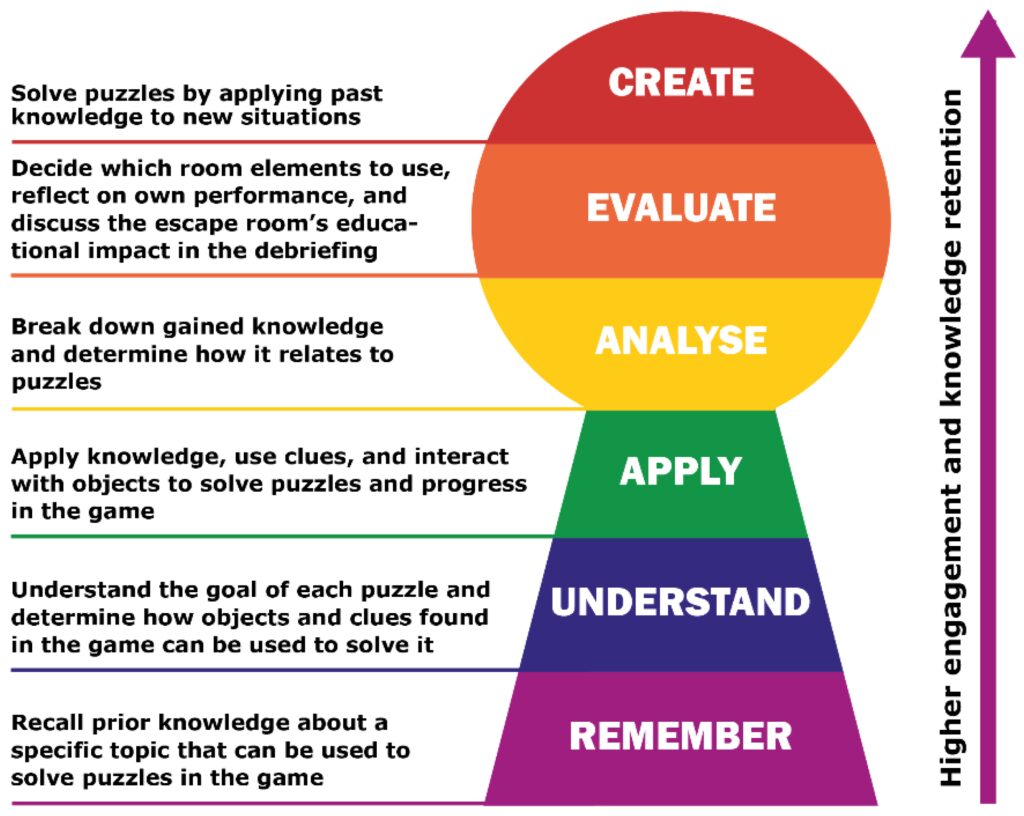The article explores five game development frameworks that help developers create immersive virtual worlds. Unity is a popular engine, well-known for its easy-to-use interface and cross-platform capabilities, while Unreal Engine 4 boasts high-end graphics rendering and advanced physics engines. CryEngine is ideal for producing photorealistic environments and dynamic sound effects, while RPG Maker uses a visual interface for creating customized characters, maps, and levels. GameMaker Studio 2 is perfect for developing 2D games and offers multiple platform support. These game development engines provide the necessary tools for creating unique and interactive experiences that engage players around the world.
Introduction:
The world of gaming has expanded rapidly in recent years, with more people than ever before spending their free time in virtual worlds. Whether it’s exploring realistic open worlds, competing against other players online or immersing oneself in complex RPGs, gaming has become a central part of many people’s lives. But behind every successful game is a complex and intricate framework that brings the virtual world to life. In this article, we will take a look at some of the most commonly used frameworks that game developers use to create these virtual worlds.
Section 1: Unity
Unity is an immensely popular game development engine that can produce games on multiple platforms including mobile devices, consoles, and PC. It is a favorite among indie game developers due to its easy-to-use interface and large community of developers sharing their knowledge online. With the help of Unity, game developers can create 2D and 3D games, simulations and other interactive experiences. The Unity engine offers a wide range of features including physics engines, lighting and sound design tools, and drag-and-drop components to accelerate game development.
Section 2: Unreal Engine 4
Unreal Engine 4 is another powerful game development engine that is widely popular among game developers around the globe. Developed by Epic Games, the engine offers support across multiple platforms including VR, mobile devices, and consoles. Unreal Engine 4 also features a robust set of tools for 3D modelling and editing, lighting, AI and effects, which make it a popular choice in the triple-A game developers. In addition, Unreal Engine 4 boasts of high-end graphics rendering and support for advanced physics engines, and other features that make it an ideal choice for creating lifelike and immersive virtual worlds.
Section 3: CryEngine
CryEngine is a powerful engine that was once exclusive to Crysis, a first-person shooting game that was released in 2007. The game’s detailed graphics and open-world gameplay gained popularity, and so did the engine used to create it. It is well-known for its ability to produce photorealistic environments as well as dynamic sound effects. CryEngine features an array of tools for developing realistic terrains, vegetation, and water bodies. With CryEngine, developers can create games with larger and more complex environments, as it also incorporates advanced engine features like advanced physics systems.
Section 4: RPG Maker
RPG Maker is a game development engine that is designed for creating RPG (role-playing games) games. This engine is specifically suited to those who are not especially versed in programming as it uses a visual interface. RPG Maker makes it easy to create customized characters, maps, and levels, making it ideal for indie developers who want to create their own RPGs but don’t have a full-scale team or programming expertise. Its user interface also offers more flexibility, with options to add plug-ins and create custom assets.
Section 5: GameMaker Studio 2
GameMaker Studio 2 is another popular game development engine that is perfect for developing 2D games. This engine offers a visual interface that makes game creation relatively straightforward, and comes with a broad range of drag-and-drop tools. It is also quite user-friendly, making it an excellent choice for novice game developers. GameMaker Studio 2 offers a wide range of features, including support for multiple platforms like gaming consoles, mobile devices, and PC, 2D physics, advanced audio and video management, as well as a built-in code editor.
Conclusion:
These five game development frameworks showcase just a few of the many tools that game creators use to develop immersive virtual worlds. With each framework, game developers can produce high-quality and interactive experiences for players around the world. Whether you’re into roleplaying games, shooting games or other genres entirely, game development engines provide the tools necessary to create virtual worlds that offer fresh surprises at every turn. So go ahead and experiment with the different frameworks if game development is your passion.
